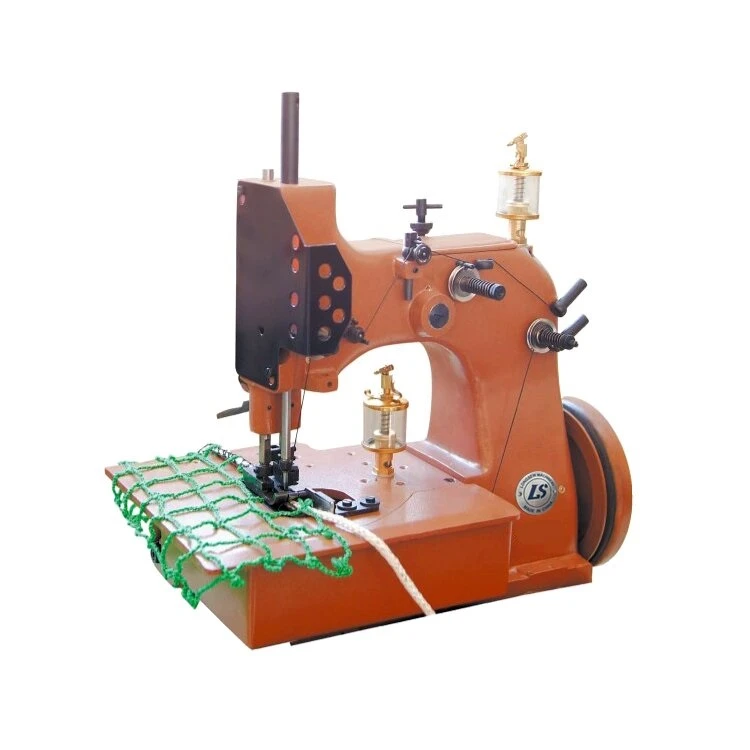what does heavy duty sewing machine mean
Understanding Heavy Duty Sewing Machines
Heavy-duty sewing machines cater specifically to individuals who require robust, durable, and high-performing equipment for various sewing projects. These machines are designed to handle tough materials such as denim, canvas, leather, and multiple layers of fabric, making them an ideal choice for professional seamstresses, tailors, and dedicated hobbyists.
What Does Heavy Duty Mean?
The term heavy duty signifies that the machine is engineered to withstand rigorous sewing tasks that conventional sewing machines might struggle with. This involves not only the physical construction of the machine but also the types of stitches it can perform and the thickness of fabric it can handle. Typically, heavy-duty machines come equipped with powerful motors, industrial-grade components, and reinforced frames that provide additional stability during operation.
Key Features of Heavy Duty Sewing Machines
1. Powerful Motor One of the most important characteristics of a heavy-duty sewing machine is its motor strength. These machines usually feature a higher wattage motor that can penetrate thicker fabrics and maintain speed and efficiency even when stitching through multiple thick layers.
2. Versatile Stitch Options Heavy-duty machines often come with a wide range of stitch settings, allowing users to perform various sewing techniques, including straight stitching, zigzag stitching, and even decorative stitching. This versatility is crucial for different projects, from garment construction to upholstery work.
3. Metal Frame Construction Unlike regular sewing machines that may be built primarily from plastic, heavy-duty machines generally have a sturdy metal frame that promotes longevity and stability. This construction reduces vibrations during sewing, resulting in cleaner stitches and improved accuracy.
what does heavy duty sewing machine mean

4. Navigation and Feed Systems Many heavy-duty sewing machines feature advanced feeding mechanisms, such as walking feet or industrial feed dogs. These systems help to manage multiple layers of fabric and ensure even stitching, preventing fabric bunching or misalignment.
5. Durable Needles and Presser Feet Heavy-duty machines usually require specialized needles and presser feet designed to work with thicker materials. These components are built to withstand significant wear and tear, ensuring that the machine can handle tough tasks without constant replacements.
Suitable Projects for Heavy Duty Sewing Machines
Heavy-duty sewing machines are ideal for a plethora of projects. They excel in crafting clothing items from denim, canvas, and other thick fabrics. For example, jeans and jackets often require a machine that can sew through multiple layers and cope with heavy stitching in areas like seams and hems.
Beyond clothing, heavy-duty machines are also perfect for home décor projects, such as making curtains, cushions, or upholstery. Their ability to handle multiple layers of fabric makes them perfect for these types of tasks, ensuring a professional finish every time.
Conclusion
Investing in a heavy-duty sewing machine can be a game changer for anyone serious about sewing, whether for personal or professional use. They provide the strength, durability, and features needed to tackle challenging projects that standard machines might not handle efficiently. With a heavy-duty machine, sewers can explore creative projects with confidence, knowing they have the right tools to produce high-quality results. Therefore, whether you are a seasoned professional or a crafting enthusiast, considering a heavy-duty sewing machine can significantly enhance your sewing experience and expand your project possibilities.
-
Industrial Cylinder Arm Sewing Machine: Revolutionizing Heavy-Duty SewingNewsJul.28,2025
-
Cylinder Arm Sewing Machine: Perfect for Special Sewing ApplicationsNewsJul.28,2025
-
Cylinder Bed Sewing Machine: Essential for Sewing Complex MaterialsNewsJul.28,2025
-
Heavy Duty Sewing Machine: The Essential Tool for Industrial ApplicationsNewsJul.28,2025
-
Computerized Pattern Sewing Machine: Revolutionizing Precision StitchingNewsJul.28,2025
-
Heavy Duty Industrial Sewing Machine: Power Meets PrecisionNewsJul.28,2025
-
Leather Sewing Machine: The Industrial Standard for Tough MaterialsNewsJul.18,2025





























